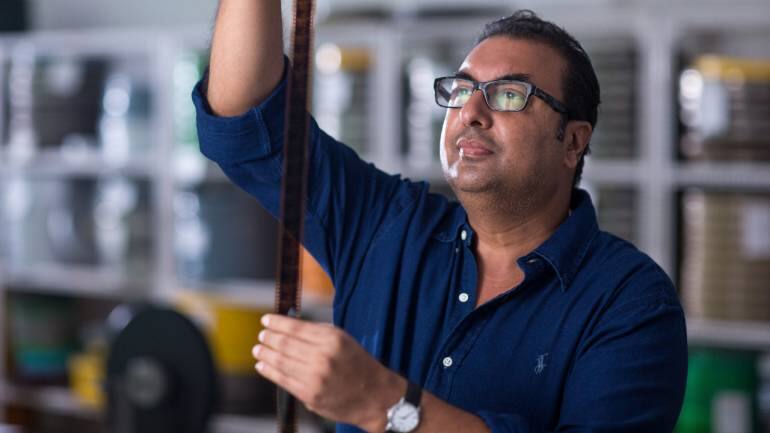



Malayalam film Thamp (1978) is the only Indian title to be screened in the Cannes Classic section of the ongoing Cannes Film Festival (May 17-28).
Restored by the Film Heritage Foundation, director Aravindan Govindan's Thamp is about a travelling circus. The restoration has been carried out along with Prasad Corporation, and in association with The Film Foundation’s World Cinema Project and Cineteca di Bologna.
Edited excerpts from a conversation with Shivendra Singh Dungarpur, director, Film Heritage Foundation:
What are the criteria for you to restore a film? Is it always A-grade cinema?Not really. If you look at Fearless Nadia in the '30s and the '40s, they were regarded as C-grade films. Today, they have acquired cult status. The same goes for Guru Dutt’s Kaagaz Ke Phool. It had no relevance when it was released and it flopped. Many years later, people call it a classic film or a cult film. I think what’s important to restore is any cinema which people have liked or appreciated and which sort of gives you a reflection of its time.

One of the reasons for restoring this film is because Aravindan Govindan is such an important filmmaker, and this generation doesn’t know anything about him. I would believe that he is the most important filmmaker after Satyajit Ray and Ritwik Ghatak.
All his negatives were destroyed and that was a big worry for us. Our effort in the foundation is to find those films which are in a dire state but they are an important part of our cinematic history.
Aravindan was a huge figure. He died early but every single film of his has won an award. Restoration is very tough when you don’t have negatives and when you have only film print to work on.
It’s significant to note that we are preserving the audio-visual heritage. Sound is so important, especially when you look at directors like Aravindan, who have paid attention to the sound design - recording sounds of insects or the rippling river. I wanted to give viewers the complete experience of watching Thamp. The filmmaker took so much effort and was so involved with the music and the sound of the film.
We didn’t have the original sound negatives and had to use the print. It took months and months of hard work to clean up the sound. People take it for granted, but I believe sound is one of the most crucial elements in a film.
What is your hope from the screening at the Cannes Film Festival?My biggest joy is that Aravindan Govindan will be rediscovered. The audience who has not been exposed to his poetic and meditative works will rediscover him...
Restoration doesn’t mean to make it new age. It means that you bring it back to life with the same efficiency and feel when it was first released. Look at the artistic traditions of these filmmakers. In a way, I am paying homage to my gurus whom I learnt from.
Why do you think it’s necessary to look at our past in order to serve our future?I often say that unless you know where you came from, you won’t know where to go. It is the past that gives us the present and the future. It’s a reflection of who we are. We become filmmakers by watching the great masters of the past. Today, look at the fuss over Ray. He is a master and we have learnt so much from his cinema. It is the reason we read the great classics of literature. They never die; they just keep growing.
 Shivendra Singh Dungarpur, director, Film Heritage Foundation.
Shivendra Singh Dungarpur, director, Film Heritage Foundation. Discover the latest Business News, Sensex, and Nifty updates. Obtain Personal Finance insights, tax queries, and expert opinions on Moneycontrol or download the Moneycontrol App to stay updated!
Find the best of Al News in one place, specially curated for you every weekend.
Stay on top of the latest tech trends and biggest startup news.